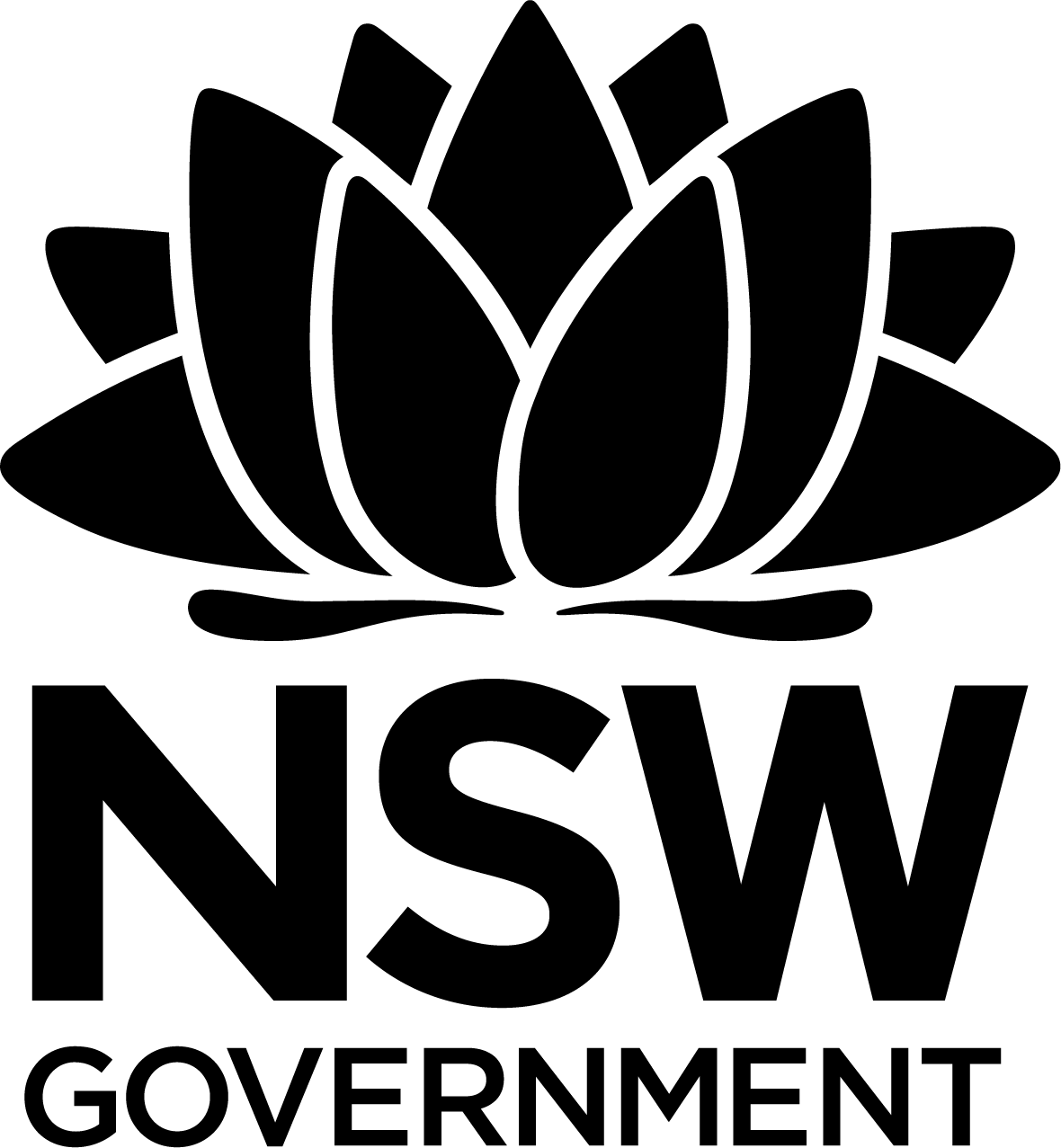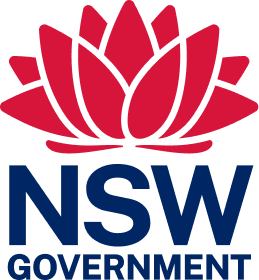
Crown land manager resource
Insurance
All Crown land managers (CLMs) must have adequate insurance. To assist eligible CLMs and their members manage Crown reserves, the department provides insurance at no cost through the Treasury Managed Fund (TMF).
It covers:
- liability (including public & products liability, professional indemnity and directors & officers liability)
- property damage
- personal accident insurance for volunteer workers
It does not cover:
- Workers Compensation - CLMs who have employees (either receiving payment and/or benefits in lieu of payment) need to obtain their own policy through iCare.
- Motor Vehicles
- Contractors or sub-contractors
Conditions and exclusions apply.
Cover is dependent on CLMs providing information when requested to support coverage, and adopting good risk management practices to ensure risks are being proactively managed and responsible action is planned.
View the Insurance summary table
Eligibility
CLMs eligible for TMF cover are those managed by a statutory land manager.
CLMs managed by corporations (such as a company or incorporated association) are generally not eligible. However, with prior approval cover may be granted when activities of the corporation are not commercial or profit-making and the corporation cannot afford to obtain their own insurance.
Council CLMs are not eligible for cover through the TMF.
CLMs that are not eligible for cover through the department must obtain, at their own cost, adequate insurance cover for property, employees, volunteers and liability.
Liability insurance
Liability cover is insurance that provides protection against claims resulting from injuries and damage to people and/or property and can include off-site activities related to the reserve. Cover includes public & products liability, professional indemnity and directors & officers liability.
CLMs are liable for members of the public and their property while they are on the reserve or when the CLM conducts reserve business off-site (for example, where a member of the public is injured at a CLM fundraising event not on the reserve).
A liability claim can be considered if a member of the public is injured or has their property damaged due to the act or failure to act, of a CLM board member, administrator, volunteer or employee.
High-risk and commercial activities
All high-risk and commercial activities that are not directly related to the maintenance and management of the reserve are NOT eligible for TMF insurance cover. CLMs that organise or host high-risk or commercial activities on the reserve must obtain public liability insurance for not less than $10,000,000 coverage at their own cost. CLMs that allow individuals/groups to use the reserve for high-risk or commercial activities must ensure that organisers of these activities hold their own public liability insurance as a condition of the use of the reserve and provide the necessary indemnification. The following are examples of high risk and/or commercial activities:
- Professional sporting
- Adventure sports (i.e. abseiling, rock climbing, bungy jumping, etc.)
- Equestrian activities (i.e. racing, training, trots, rodeos, equestrian skill events, gymkhanas, cross-country rides, etc.)
- Greyhound racing and training
- Motor racing and 4 wheel driving
- Bicycle racing
- Boat and watercraft racing activities
- Aircraft activities (i.e. powered and unpowered, gliding, parachuting, etc.)
- Amusement rides (other than playground equipment provided by the trust)
- Show days
- Restaurants and cafes
- Cemeteries
- Caravan parks
- Any activity with the purpose of making personal or business profit (except small-scale fundraising activities to benefit trusts).
Note: The above list is not exhaustive. If CLMs are unsure if an activity is high risk or commercial, they should contact the Department [link] for a determination.
Casual users on reserves
Casual users undertaking non-commercial activities on a reserve are not required to obtain their own liability insurance. The responsibility of insurance remains with the reserve. Non-commercial activities are considered to be a member of the public (not an organisation or business) requesting to host a one-off event, such as a birthday party, wedding, fundraising event or annual community meeting.
Casual users seeking to hire a reserve facility for a commercial activity are required to obtain their own liability insurance. This includes a casual user undertaking an activity with the purpose of making personal or business profit (excluding fundraising activities that benefit the CLM).
A venue hire agreement should be used to license the venue to a casual user - for both commercial and non-commercial activities.
Lease and licence holders
When a CLM leases or licences a reserve or part of a reserve to third parties, the legal liability is transferred to the lessee or licensee (except for non-commercial venue hire activity above mentioned). In these instances liability insurance is the responsibility of the lessee or licensee and they MUST provide a Certificate of Currency before being permitted to use the reserve.
Exclusions
- Contractors and subcontractors.
- Pollution liability to people, property or the environment as a result of the CLM’s operation, other than sudden and accidental pollution not preventable by reasonable precautionary maintenance.
- Claims arising out of personal injury or death covered by any third party policy issued under the NSW Motor Accidents Act 1998 or similar statutes in other jurisdictions.
- Wear, tear and certain hidden defects that fall into the category of ‘inherent vice’.
- Tenants and caretakers – can be covered in limited circumstances.
Conditions
In order to be covered for legal liability, eligible CLMs must comply with the following:
- All reasonable steps must be taken following an accident or loss to protect the person and/or their property from any further injury or damage.
- Incident reports (including date, time and place of alleged incident), records of conversations with claimants or witnesses, and photographs of the areas or property must be kept.
- All losses, incidents or claims must be reported to the Insurance Team within 48 hours of becoming aware of the event.
- All correspondence from a claimant must be sent to the Insurance Team.
No comment should be made on liability, the potential success of the claim or how long it will take for the claim to be processed. - No CLM members should provide a statement or interview to any person investigating, except at the request of people acting on behalf of the department.
- Liability must not be admitted either orally or in writing. However, CLM members are permitted to apologise if any injury or incident occurs. An apology is not an admission of liability at law and cannot be used as evidence of fault or responsibility. The apology should be an expression of sympathy or regret, but no offers of compensation or redress can be made.
- Any contract entered into by the CLM must require contractors, subcontractors, vendors, associations and other parties to indemnify the NSW Government and the CLM for all loss and damage in respect of public liability, workers compensation and employer’s liability. If the value of the contract exceeds $10,000,000, that contract must be reported to the Insurance Team as soon as possible and before the contract is signed.
Property insurance
Property of an eligible CLM is covered for loss, theft and/or damage. This includes buildings and structures on the reserve, contents (in the care, custody or control of the reserve), equipment, fences and gates that are damaged or lost due to events including but not limited to floods, fires, earthquakes, other weather-related damages, theft and malicious damage.
Cover is subject to the following conditions and exclusions:
Exclusions
- Wear, tear and certain hidden defects that fall into the category of ‘inherent vice’.
- Property used, leased or licensed for commercial activities. These activities must be independently insured by the CLM (that is, if a CLM leases a building for the operation of a restaurant, the CLM will need to ensure the building is adequately insured).
- Property that does not belong to the CLM but has been left or stored at the reserve.
- Unexplained inventory shortfall. Claims which result from any illegally based operations or activities
- Pollution – other than sudden and accidental pollution.
Conditions
The CLM must maintain an up to date Asset register. This register should include a declaration of values for reserve buildings and contents.
Personal accident coverage for volunteer workers
Cover for CLM volunteers provides benefits for death or bodily injury for volunteer workers while actively engaged in voluntary work for the CLM.
CLM volunteers include board members and individuals who undertake voluntary work for the reserve and are not financially or otherwise remunerated for that work.
CLM volunteers are covered for personal injury suffered while undertaking CLM duties whether on- or off-site, including attending meetings and undertaking CLM duties, subject to the following exclusions:
- injury suffered while engaged in illegal activities
- caretakers of reserves receiving payment or other incentives for their work
- injury suffered while working under Commonwealth or state government employment schemes, such as Work for the Dole
- loss/theft or damage to a volunteer’s personal belongings whilst volunteering for a CLM
- intentional self-injury or suicide
- sexually transmitted disease.
How to make a claim
The following process is applicable to claims for property damage, liability and personal injury for volunteer workers.
The CLM must undertake the following steps as soon as it becomes aware of any claim or potential liability claim:
- Take all reasonable steps following personal injury or loss to protect people or property from further damage (the costs associated with these actions, if reasonable may be covered).
- In emergencies you may immediately organise temporary repairs to make the property safe. CLMs should use their discretion in this regard as the CLM must prove its loss. Take photos of the area and damage before doing any emergency works.
- Theft, malicious damage or damage caused by suspicious circumstances should be reported immediately to the police and an incident number requested.
- Contact the department's insurance team regarding your claim or potential liability claim.
Important information:
- Do NOT make any comment on liability in the incident report form or any supporting documents. Only report the facts as known.
- For damage or loss over $20,000 the insurer will assign an assessor to manage your claim.
Insurance team contact details
For more information, please contact us.
This Crown land manager web resource was printed on 24 Apr 2025. The information contained in this web resource is based on knowledge and understanding at the time of writing Apr 2025. However, because of advances in knowledge, users are reminded of the need to ensure that the information upon which they rely is up to date and to check the currency of the information by referring to the website (www.reservemanager.nsw.gov.au).
© State of New South Wales through Department of Planning, Industry & Environment 2025.
Page link: https://reservemanager.crownland.nsw.gov.au/administration/insurance

